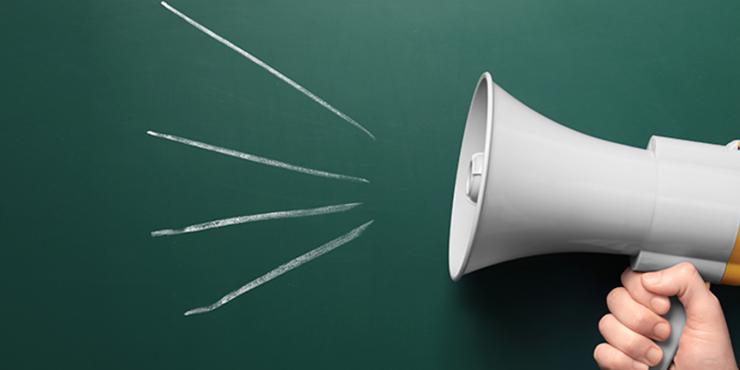New Guidance for Clean Electricity Low-Income Communities Bonus Program
The U.S. Department of the Treasury recently issued proposed regulations to implement the Clean Electricity Low-Income Communities Bonus Program, which was created under the Inflation Reduction Act to incentivize clean energy investments in low-income communities.
Set to open on January 1, 2025, the program will allocate a 10 or 20 percentage point bonus credit amount, on top of the existing 30% Investment Credit under Section 48E (which is set to replace the existing investment tax credit under Section 48 at the end of 2024). The bonus program applies to qualified facilities under five megawatts, built in low-income communities, on Indian land, or as part of a qualified low-income residential building project or qualified low-income economic benefit project. The program limits the annual capacity to 1.8 gigawatts.
Four Categories of Applicable Facilities
The proposed regulations provide four categories of qualifying facilities, with a 10% bonus adder available for qualifying facilities located in low-income communities (Category 1) or Indian lands (as defined in 25 U.S.C. § 3501(2)) (Category 2). A 20% bonus adder is available for qualifying facilities placed in service as a qualified low-income residential building project (Category 3) or a qualified low-income economic benefit project (Category 4).
Category 1: Low-Income Communities is determined when the application is submitted, and is any facility located in a population census tract with a poverty rate of 20% using low-income community data for the New Markets Tax Credit, or a tract where the median family income does not exceed 80% of the statewide median family income.
Category 2 – Indian Land is defined by cross-references to 25 U.S.C. § 3501(2).
Category 3 – Qualified Low-Income Residential Building Project is defined generally as a facility that is installed on a residential rental building participating in a covered housing program, and 50% of the financial value generated from the electricity produced by the facility is equitably allocated among the tenants.
Category 4 – Qualified Low-Income Economic Benefit Project is a facility that provides 50% of the financial benefits of the electricity produced to households with an income below 200% of the poverty line or below 80% of the area median gross income. Moreover, each household must receive a 30% bill credit discount rate. The discount rate is calculated by taking the financial benefit provided to the household minus the household’s payment to the owner and any third party as a condition of receiving the financial benefit and then dividing the difference by the financial benefit. Since this bill credit discount rate is a new concept, the IRS is requesting comments and suggestions on this or alternate methods.
Program Structure and Selection Criteria
Annual Capacity Limitation is set by statute at 1.8 gigawatts per year. The IRS intends to allocate the capacity limitation across the four applicable facility categories in future guidance published in the Internal Revenue Bulletin. The proposed regulations also state that a four-way division will be based on multiple factors, including the number of anticipated applications for each category and the amount of capacity limitation needed in reserve to encourage market participation in each category.
- Tribal enterprise
- Alaska native corporation
- Native Hawaiian organization
- Renewable energy cooperative
- Qualified tax-exempt entity
In addition, the geographic criteria apply to applicable facilities in Categories 1, 3, and 4, and are considered to be met where a facility is located in a persistent poverty county, which is any county in which at least 20% or more of its residents have experienced high rates of poverty over the past 30 years.
Lastly, with respect to application information, documentation, and attestation, the IRS will publish guidance in the Internal Revenue Bulletin; however, the IRS states that the process will be similar to the Section 48(e) Low-Income Communities Bonus Credit Program.
For additional information regarding the Section 48E(h) Clean Electricity Low-Income Communities Bonus Credit Program or the IRA, please contact Pierce Atwood attorneys Kris Eimicke, Allen Braddock, or any other member of our Energy Infrastructure Project Development & Finance team.
